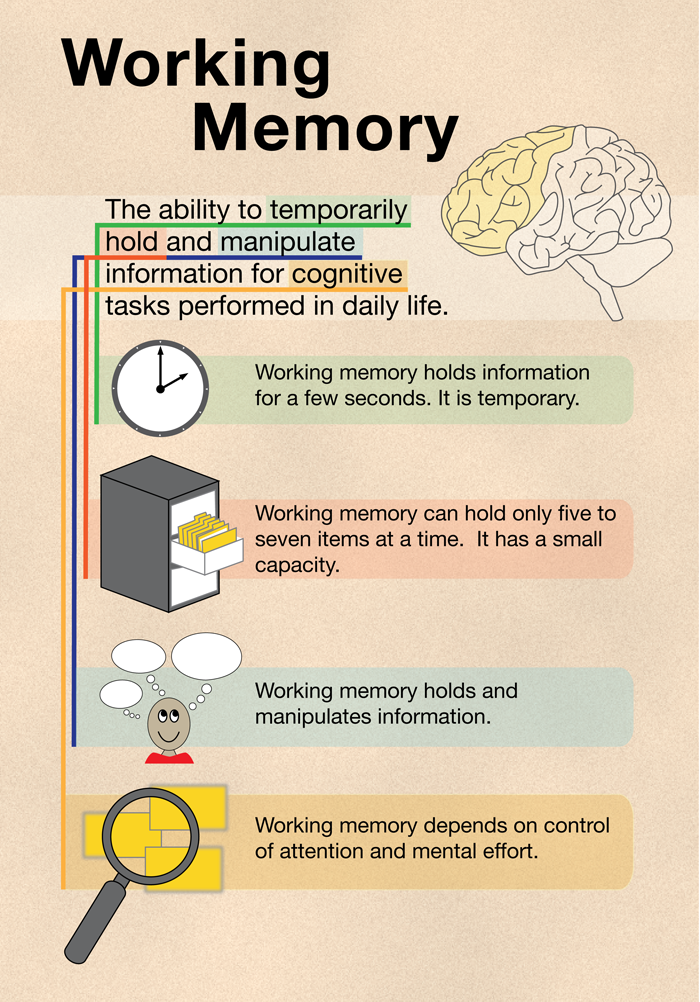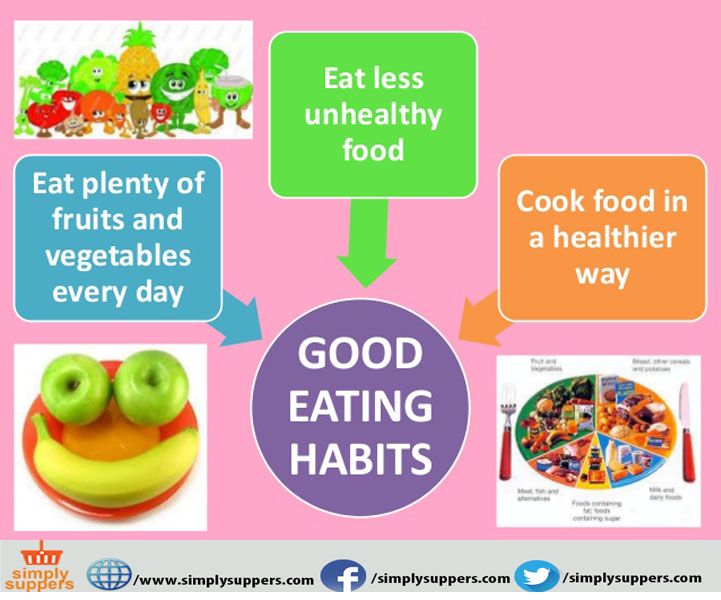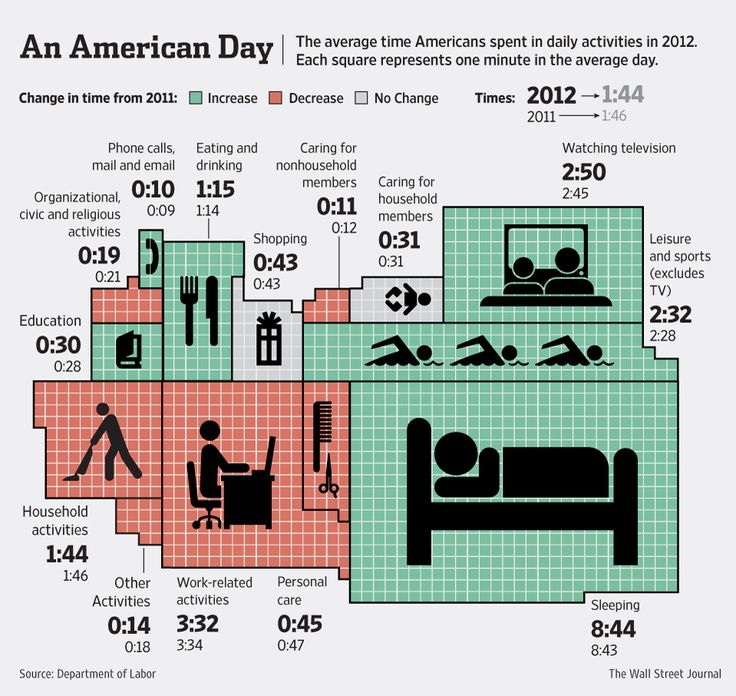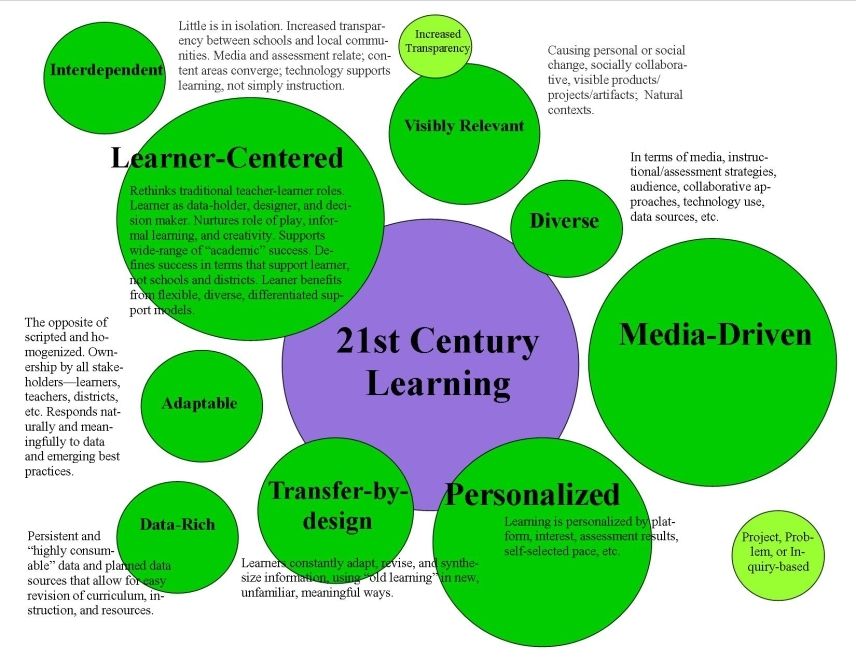What are memory techniques
Science-Backed Memory Tips and Recall Techniques
Memory plays an essential role in everyday life, enabling us to learn about the world around us and adapt accordingly. We use memory in every moment, whether it be for remembering our clients’ first names, studying for a nursing school exam, or countless other aspects of our work and life.
Information we take in goes through the three stages of memory: encoding, storage, and retrieval. The encoding process converts information into a construct stored in the brain. Then the information is stored as either a long-term memory or short-term memory. Finally, information is available to be retrieved from storage.
There are several ways to facilitate this process, protect against memory decline, and enhance our ability to retain information. Below, we outline strategies for boosting brain health, as well as specific techniques for memorizing and recalling information.
Tips for Memory Improvement
The best way to protect and improve memory is by making good lifestyle choices: exercising regularly, limiting stress, eating healthfully, and getting enough sleep. You can also keep the mind agile by learning a foreign language or playing brain training games to improve thinking skills and short-term memory.
- Exercise regularly: Exercise is one of the best things you can do to protect your memory. Regular aerobic exercise (cardio) appears to boost the size of the hippocampus, the area of the brain involved in verbal memory and learning. Regular exercise can also help you maintain a healthy weight, reduce stress, and sleep better, all of which are related to memory.
- Limit stress: Meditation and mindfulness are also great ways to reduce stress and improve sleep. Meditation has been shown to improve episodic memory, the memory of everyday events.
- Be conscious of what you consume: Not surprisingly, what you put into your body can also affect your memory. Consuming a balanced diet that includes healthy fats and natural sugar (glucose)—and limits saturated fat, refined sugar, and alcohol—may be best for promoting long-term memory function.
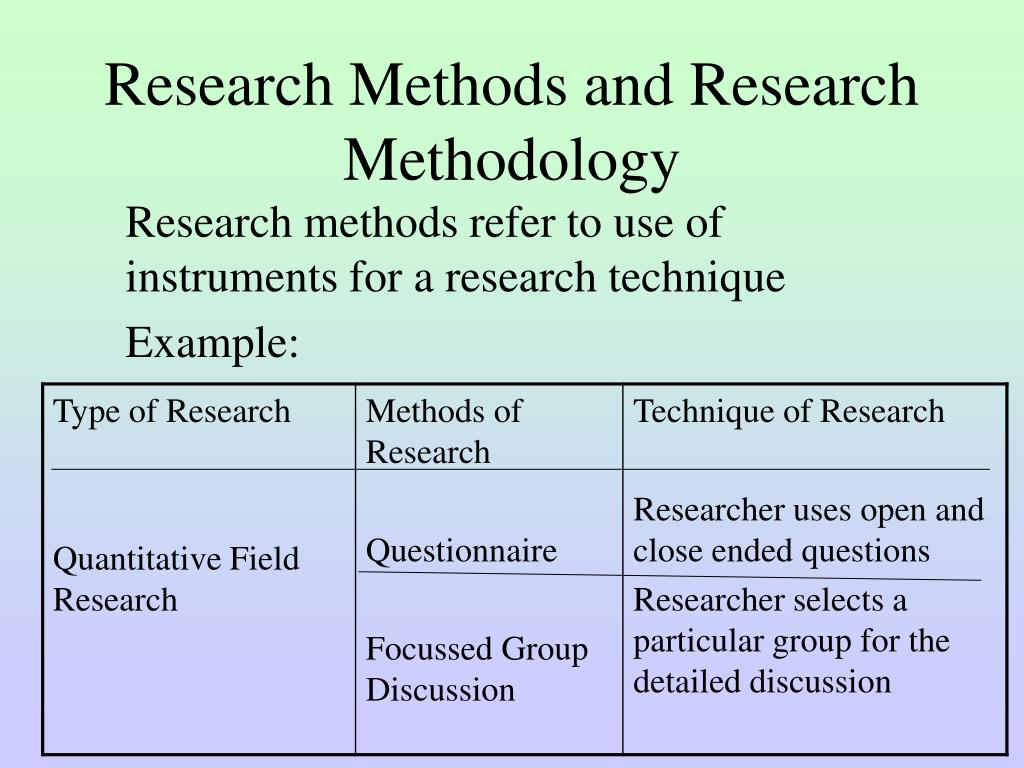
- Sleep: Sleep is critical, as it plays a role in consolidating of memories. Also, a lack of sleep can impair an individual’s ability to concentrate. You can improve sleep by exercising regularly, engaging in mindfulness/meditation, limiting alcohol, and avoiding caffeine in the afternoon and evening.
8 Memory Techniques for Retaining Information
When studying for an exam, preparing a presentation, or getting ready to deliver a speech, you will likely need to memorize information.
Before you start preparing, you can do several things to set yourself up for success. Try to avoid distractions while you’re studying, plan ahead so you don’t need to cram, and take study breaks. Evidence suggests that studying shortly before going to sleep, as well as sleeping between learning sessions, can help people retain information.
Below are 8 science-backed techniques for retaining information and improving recall and memory performance.
1.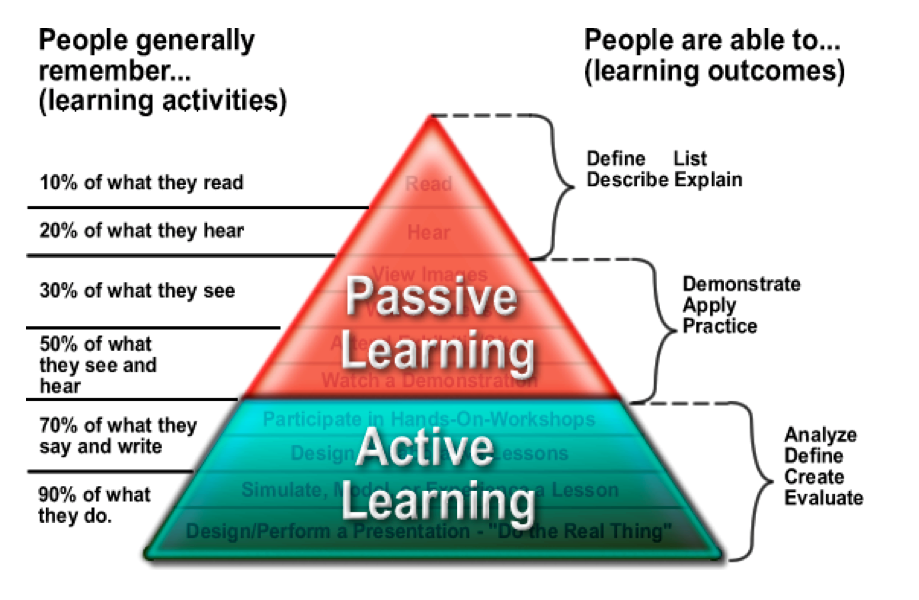 Organize the information
Organize the information
Start by outlining the information you will need to recall. Creating a detailed, but organized outline of the information allows you to highlight and focus on important concepts.
A useful organization strategy is the chunking method, which breaks down large amounts of information into smaller, logical units that are easy to understand. For example, when learning a foreign language, you can list vocabulary words in functional groups such as household items, animals, and occupations. Chunking is a valuable tool for memorization.
2. Make associations
Creating associations by drawing on existing knowledge is another helpful way to memorize information. You can create mental images and connect with sounds, smells, and tastes to help encode memories.
The Baker/baker paradox tells us that if two individuals are to remember that someone’s last name is Baker, they are much more likely to do so if they picture the person as a professional baker (i.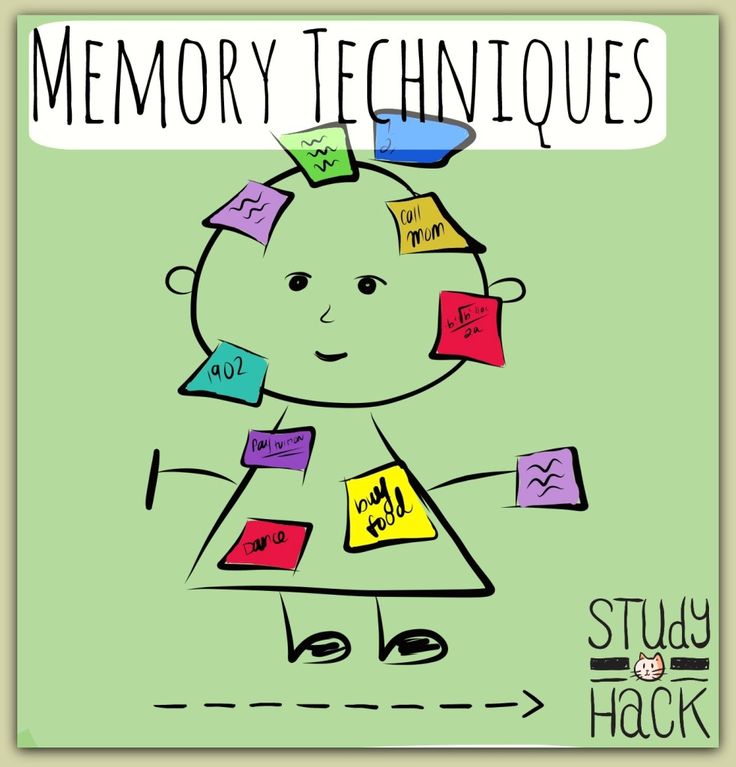 e., Mr. Baker wearing a chef’s hat). This is why developing a story is a powerful way to retain information. For example, if you want to remember that a client’s name is Sandy, you might picture her walking along a beach.
e., Mr. Baker wearing a chef’s hat). This is why developing a story is a powerful way to retain information. For example, if you want to remember that a client’s name is Sandy, you might picture her walking along a beach.
3. Use visual cues
Using visual tools such as concept maps, graphs, illustrations, and photos can be beneficial for learning. Graphs and charts also simplify information, making it easier to comprehend and later recall.
This method can be beneficial to visual learners, meaning individuals who better conceptualize information they can see. It’s also a great technique for presenters who can use visuals in their slide deck as retrieval cues.
Aside from being a great memory technique for retaining information, visual cues are also great for boosting spatial memory. Research has shown that visual cues have helped spatial navigation among AD and MCI patients.
4. Create mnemonics
Using mnemonic devices, such as acronyms, acrostics, and rhymes, is a good way to memorize information long-term. For example, do you remember what year Columbus landed in America? You likely do if you ever learned the rhyme, “In 1492, Columbus sailed the ocean blue.” So if you need to remember a series of numbers for work, you might consider coming up with a creative rhyme.
For example, do you remember what year Columbus landed in America? You likely do if you ever learned the rhyme, “In 1492, Columbus sailed the ocean blue.” So if you need to remember a series of numbers for work, you might consider coming up with a creative rhyme.
For more visual learners, another mnemonic device you can use is building a memory palace. A memory palace is an imaginary place (it can be a house or a familiar venue) where you can store mnemonic images. The idea behind this is you take a journey in your mind to recall the information. Some contestants in the World Memory Championship would even incorporate a story method with their memory palace.
5. Write it down
It turns out that some things are just better done the old-fashioned way. Researchers have found that writing down information by hand is more effective than typing for learning concepts. Because it takes longer to write by hand, you are naturally forced to be more selective with what you write and focus only on the key information. In fact, less is more when it comes to note taking. One study showed that the more words students wrote down verbatim when note taking, the worse they performed on recall tests.
In fact, less is more when it comes to note taking. One study showed that the more words students wrote down verbatim when note taking, the worse they performed on recall tests.
6. Say it out loud
When you need to remember new information, it’s helpful to read it aloud. One study determined that the dual action of speaking and hearing ourselves talk helps get words and phrases into long-term memory. This study, among others, confirms that memory benefits from active involvement.
7. Engage in active recall
Testing yourself forces you to pull information from your memory. Flashcards are a great way to self-test. Studies show that retrieval practice can greatly enhance recollection than simply restudying materials. This is likely a very effective way to commit things to memory because of the significant extra effort involved.
8. Rehearse
Practice really does make perfect. Rehearse information over and over, either by writing it down or reading it aloud.
Studies suggest that spaced repetition—spacing out learning over a longer period of time—is a more effective way to memorize information than trying to “cram” a lot of information into your brain over a short period of time.
All of these memory techniques are not only backed up by science, but even memory champions can attest to their efficacy. Even if you aren’t a memory athlete, these memorization techniques can help you at school or at work. Check out our posts on effective study techniques and learning from home for further information.
Sources:
Indeed Editorial Team. Indeed. “Nurse Practitioner vs. Family Nurse Practitioner: Definitions and How They Differ.” May 13, 2021. https://www.indeed.com/career-advice/finding-a-job/fnp-vs-np. Accessed: January 26, 2022
Karpicke, Jeffrey D. and Henry L. Roediger III. “The Critical Importance of Retrieval for Learning.” Science 319, no. 5865 (February 2008): 966–968. doi: 10.1126/science.1152408.
Trafton, Anne.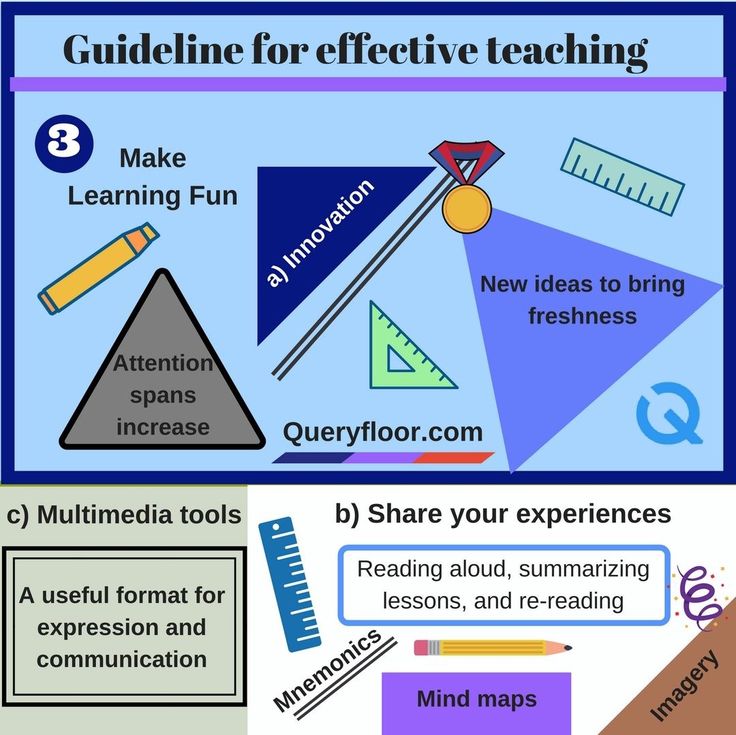 “In the blink of an eye.” MIT News. January 16, 2014. https://news.mit.edu/2014/in-the-blink-of-an-eye-0116. Accessed: January 26, 2022
“In the blink of an eye.” MIT News. January 16, 2014. https://news.mit.edu/2014/in-the-blink-of-an-eye-0116. Accessed: January 26, 2022
The Complete List of 23 Best Memory Techniques for Students
To do well in school, you need to know how to use your memory well.
Top students use a variety of memory techniques and tools to memorise information and recall it quickly during exams.
Of course, memory isn’t a substitute for understanding.
You’ll need to understand the topics you’re studying, if not you won’t be able to perform well.
But there are many techniques that will help you to memorise more of what you study.
Here are 23 of the best memory techniques for students.
(Download the free PDF below to learn 3 bonus techniques.)
Memory techniques for studying
As you prepare for your next exam, try out a few of the following memory techniques for students.
I’m confident that you’ll find them useful!
1. Use images
The human brain processes images faster than words.
In fact, 90% of the information that our brains process is visual. We also process visual information 60,000 times faster than words.
So it’s no surprise that we remember images better than words.
That’s why turning words or equations into images is an effective memorisation technique.
Take a fact that you want to remember and convert it into an image. But not just any image – try to make the image funny or exaggerated.
The more ridiculous the image, the easier it will be to remember.
For example, to remember that cations are positively charged ions and anions are negatively charged ions, you could…
- Imagine a cat, and think about the fact that cats have paws. “Paws” reminds you of “positive”, so cations are positively charged.
- “Anion” kind of sounds like “onion”, and onions can make you cry. Crying is generally considered to be a negative event, so anions are negatively charged.
Here’s another example.
Let’s say that you want to remember that Neil Armstrong was the first human to step on the moon.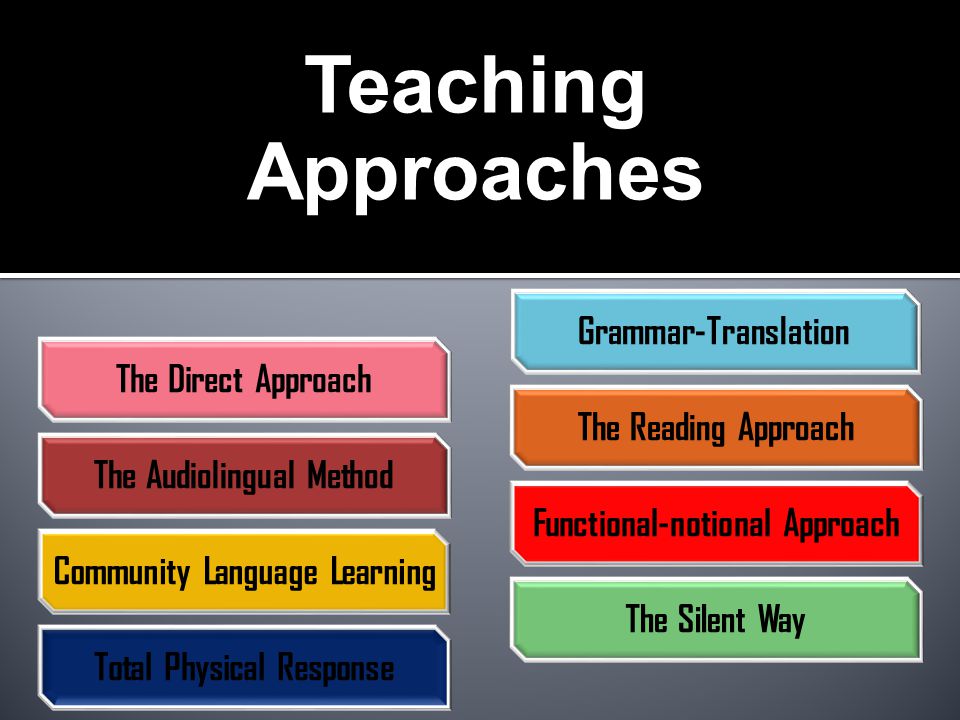
You could imagine a man walking on the moon with a nail (“nail” sounds like “Neil”) in his muscular arm (to remind you of the word “Armstrong”).
Images are powerful as a memory technique, because they’ll enable you to retain more information while spending less time studying overall.
2. “Match” information with sounds or letters
Sometimes words sound the same or have similar spelling.
And some words are just difficult to spell.
For example, here’s how you can use sounds or letters to remember these facts:
- “Grey” is used in England, whereas “gray” is used in America
- “Necessary” has one “c” and two “s’s”, just as a shirt has one collar and two sleeves
- Stalagmites (a type of rock formation) grow from the ground, while stalactites grow from the ceiling
3.
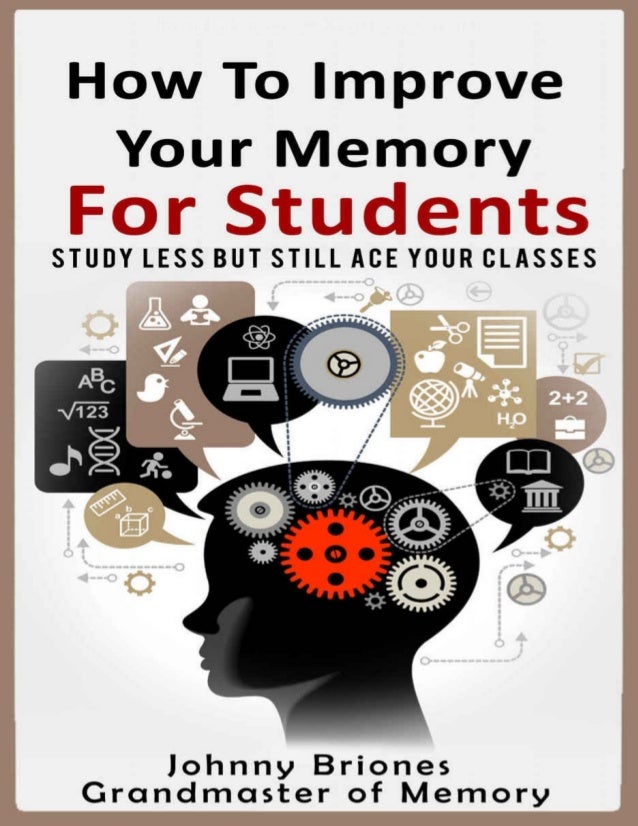 Use acronyms and mnemonics
Use acronyms and mnemonicsAcronyms and mnemonics are also useful memory techniques for students.
An acronym is an abbreviation formed from the first letter of a series of words.
For example, PEMDAS is an acronym for remembering the order of operations in math:
- Parenthesis
- Exponents
- Multiplication
- Division
- Addition
- Subtraction
A mnemonic is a short phrase used to remember a rule or a principle, such as “i” before “e” except after “c”.
This mnemonic reminds students that the letter “i” usually comes before “e” when spelling various words – as in “lie,” “belief” and “pie”.
The exception is when “i” comes after “c” – as in “receive” and “ceiling”.
Here’s another example.
My Very Excited Mother Just Served Us Noodles is a mnemonic you can use to remember the order of the eight planets in our solar system:
- Mercury
- Venus
- Earth
- Mars
- Jupiter
- Saturn
- Uranus
- Neptune
In addition, “May I have a pillow?” is a mnemonic you can use to memorise the value of pi: 3.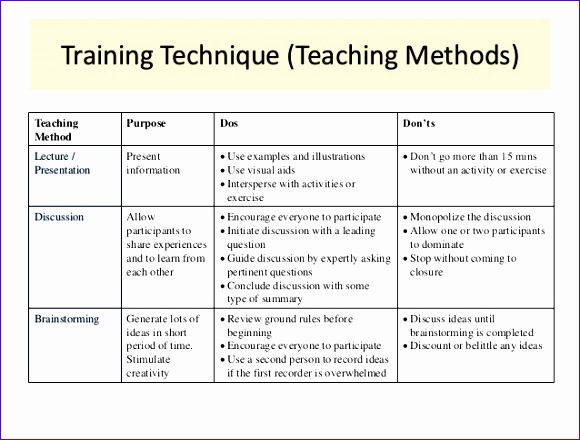 1416 (“may” has 3 letters, “I” has 1 letter, and so on).
1416 (“may” has 3 letters, “I” has 1 letter, and so on).
It also helps that the first two letters of “pillow” form the word “pi”.
4. Create a story
Another effective memory technique is to build a story around the facts that you’re trying to memorise.
Let’s say that you’re trying to learn the formula for gravitational potential energy (P.E. = mgh).
You could make up a story where you’re having a PE (physical education) class, when suddenly you see your mother (m), grandmother (g) and a horse (h) standing together.
Or maybe you’re trying to memorise the formula E = mc2 .
You could imagine an elephant (E) walking towards a monkey (m) that’s holding a square-shaped cracker (c2).
5. Connect the information to something that you already know well
Research shows that it’s easier to learn something new if you can link it to something you already understand.
For instance, if you’re learning about electricity, you could compare electricity to water using this analogy:
- Charge = water in a water tank
- Current = flow of water
- Voltage = water pressure
This isn’t a perfect analogy, but it will help you to learn concepts related to electricity faster.
Here’s one more example.
Let’s say that you’re learning about Ancient Rome, and you already know a lot about Ancient Greece. You could connect the two areas of knowledge by noting that:
- Both the Greeks and Romans relied on agriculture as an important part of their economies.
- The Greeks were eventually governed through democracy, while the Romans were governed through a mixture of democracy, monarchy and oligarchy.
- The Greeks colonised, while the Romans conquered.
- The Greeks spoke Greek, while the Romans spoke Latin.
By forming these connections, you’ll retain more of the information you learn about Ancient Rome.
6. Study in different locations
Many people will tell you to do all of your studying in one place.
The idea is that this will enable you to study more effectively, because you associate learning with that one place.
But research shows that this isn’t always the case.
In a classic experiment, psychologists gave college students a list of 40 words to memorise.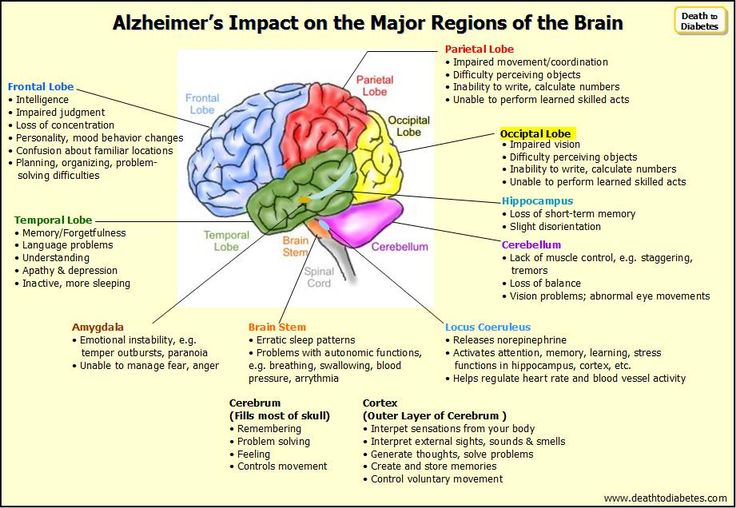
The students memorised the list in two different rooms. One room was windowless and cluttered, while the other room was modern and had a nice view.
These students did far better when they were tested, as compared to other students who studied the same list of words twice, in the same room.
These results have also been observed in other similar experiments.
So why would it aid in memorisation to study the same material in different locations?
Studying the same material in different settings forces the brain to make multiple associations with the material. In other words, the different settings create more “mental scaffolding” that you can “hang” the new material on.
To take advantage of this effect, try changing your studying environment. Do some of your studying at home, some in school, and some at the library.
But remember that for this technique to work, you need to be studying the same material in different locations.
7. Go to sleep after learning something challenging
You probably know that not getting enough sleep will negatively affect your memory. If you’re wondering what things top students do differently, getting enough sleep is certainly one of them.
If you’re wondering what things top students do differently, getting enough sleep is certainly one of them.
But did you know that going to sleep shortly after a study session will improve your recall of the material you just studied?
Research shows that students who went to sleep within a few hours of a learning session were better able to remember what they just learned.
So if you need to learn something that’s especially challenging, do it a few hours before you go to sleep.
8. Go for a walk before trying to memorise information
Exercise is good for both your body and your brain.
In a study conducted by James T. Haynes IV, participants who walked on a treadmill for 15 minutes before the learning period were better able to remember two lists of 15 words.
To take advantage of this memory technique, go for a short walk before listening to a recording of a lecture, studying flashcards, or memorising definitions or equations.
9. Say the information out loud
This technique is based on research conducted at the University of Waterloo.
The research shows that we are more likely to remember information that we have read aloud to ourselves, compared to information that we have only read silently.
This phenomenon is based on what researchers call the “production effect”.
The explanation for this effect is that words read aloud are more distinctive to our brain than words uttered silently. This distinctiveness aids the process of encoding the information in our memory.
So when you want to memorise a certain piece of information, read it out loud.
10. Understand the information fully before you try to memorise it
One common mistake students make is trying to memorise information without understanding it.
This type of rote learning doesn’t work.
It’s difficult to memorise content when you use rote learning. This is because when you don’t understand a topic, you won’t have any mental “pegs” on which to hang the new information.
This goes back to the idea of “mental scaffolding”, a concept that I mentioned earlier.
Let’s look at an example.
The trigger for World War One was the assassination of Archduke Franz Ferdinand by a 19-year old named Gavrilo Princip.
You could try to memorise this fact on its own, but it would be hard to do so.
Imagine if you also learned these related facts:
- Archduke Franz Ferdinand was assassinated in Sarajevo, the capital of Bosnia
- Bosnia was a part of the Austro-Hungarian empire
- Serbia wanted to take control of Bosnia
- Gavrilo Princip was a Serbian nationalist
- Austria invaded Serbia because it felt threatened by Serbian nationalism
- Serbia had a treaty with Russia
- Austria had a treaty with Germany
- Russia mobilised its forces to support Serbia, and Germany mobilised its forces to support Austria
These additional facts put the original fact in context. As such, it gives you “pegs” on which to hang the original fact.
Here’s another example.
Let’s say you want to learn Pythagoras’ theorem: in a right-angled triangle, the square of the hypotenuse is equal to the sum of the squares of the other two sides.
If that’s all you learn, it will be difficult to memorise the theorem.
But what if you also learn that – using this theorem – you can find the length of the third side of any right-angled triangle, if you know the lengths of the other two sides?
You’ll then understand why the theorem is useful, which means you’ll find it easier to memorise.
11. Teach other people about what you’ve learned
Research shows that when people learn material and then teach it to others, their comprehension increases significantly.
So an effective memory technique is to teach others about what you’re learning.
Doing so will increase your comprehension and retention of the material.
Plus, it’s always good to help others and teach them the material if they don’t understand it!
You’ll start to realise that knowledge is meant to be shared and not hoarded, which will increase your motivation to study.
12. Use colours
Colours capture our attention.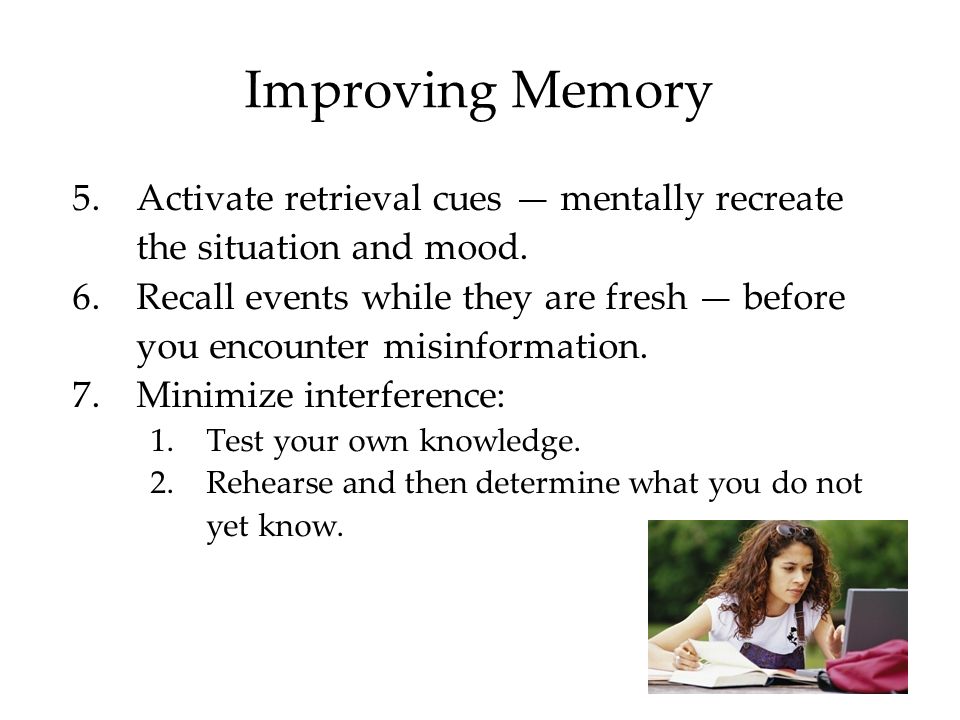 What’s more, they work as a kind of mental shorthand.
What’s more, they work as a kind of mental shorthand.
Colours give context to the material you’re studying, and help you to process it more efficiently.
As mentioned earlier, the brain processes visual input – such as colours – 60,000 times faster than text.
This means that when you colour-code information, it allows your brain to pre-process the information before you actually study it.
Here are some tips for using colours to help you to learn better:
- Colour-code after you’ve taken notes, not while you’re taking notes. (This is because colour-coding while taking notes will interrupt the flow of your study session, and you may also end up overdoing it.)
- Use highlighters, multi-coloured pens and multi-coloured sticky notes.
Use a consistent colour code across all your subjects and topics.
For example, you might decide to use a system like this:
- Blue = key fact
- Green = key explanation
- Red = key example
Or you might use colour codes for sub-topics like this:
- Blue = main causes of World War 2
- Green = main events of World War 2
- Yellow = main consequences of World War 2
A word of caution: When using colours as a study aid, don’t go overboard.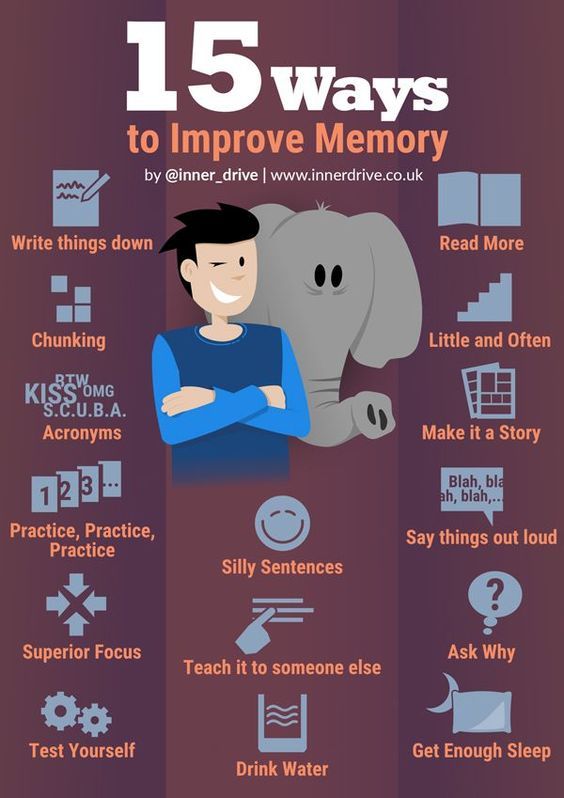 If too much of your study material is coloured or highlighted, you’ll become confused.
If too much of your study material is coloured or highlighted, you’ll become confused.
13. Write out the information you want to memorise
Studies have shown that within two days of hearing or reading new information, we forget 60% of it.
But if we write out the information, our recall increases significantly.
The act of doing this forces us to evaluate and categorise the new information. This process helps to consolidate the new information in our memory.
Of course, it isn’t possible to write out all the information contained in your textbooks – that would take way too much time.
So write out only the key information, equations, definitions, etc. that you need to memorise.
14. Draw tables and diagrams
Many of the memory techniques for students discussed in this article help to create more “mental scaffolding”. This enables you to store new information in your brain more easily.
Another way to add more mental scaffolding is to present the new information in the form of tables, diagrams, and mind maps.
For example, you could draw a simple diagram to explain the carbon cycle.
Or you could draw a Venn diagram to compare the characteristics of birds and bats.
Or you could draw a mind map to illustrate the causes of the Second World War.
By using tables, diagrams, and mind maps, you’ll remember the concepts faster as compared to if you just tried to memorise chunks of text.
15. Whenever possible, use hard-to-read fonts
Princeton University and Indiana University researchers discovered an interesting effect. Test subjects had better recall when the information was presented to them in hard-to-read fonts.
One explanation for this is that hard-to-read fonts (like Comic Sans MS) make us think about what we’re reading more deeply. This is in comparison to easy-to-read fonts (like Arial).
But the researchers noted that there are limits to this effect.
As fonts become exceedingly difficult to read, the benefits for information recall begin to diminish.
16. Memorise lists with the rhyming peg-word system
You can use this technique to memorise a list of items.
In the rhyming peg-word system, each number is linked to a noun that rhymes with it.
For example:
- = Bun
- = Shoe
- = Tree
- = Door
- = Hive
- = Sticks
- = Heaven
- = Gate
- = Wine
- = Pen
Once you’ve memorised these associations, you can then link the noun to an item in a list that you want to memorise.
For example, let’s say that you want to memorise three elements in the periodic table: hydrogen, oxygen and carbon.
Create an image in your mind that links each of the items with the noun from the list above:
- Hydrogen: Imagine a bun tied to a balloon that’s filled with hydrogen.
- Oxygen: Imagine an oxygen tank falling on someone’s shoe.
- Carbon: Imagine a tree soaking up carbon from the ground and the air.
17. Apply the method of loci (memory palace)
Legend has it that the Greek poet Simonides invented the method of loci, also known as the “memory palace”.
Simonides was attending a dinner banquet when the building suddenly collapsed. He was the only survivor.
The bodies were crushed beyond recognition. But Simonides was able to identify the bodies by remembering where each person had been sitting.
He later realised that this technique – of associating information with places (or loci) – could be used to memorise all kinds of information.
Here’s how to use the technique.
Let’s say you have a list of 10 grocery items that you want to memorise:
- Bananas
- Milk
- Cooking oil
- Fish
- Broccoli
- Peanuts
- Apples
- Curry powder
- Eggs
- Coffee beans
Visualise yourself opening the front door of your house and realising that the doorknob is actually a banana.
Then imagine that as you open the door, a flood of milk comes pouring out of the house.
You walk down the hall into the kitchen and find that the kitchen table is covered in cooking oil.
Then you see a large fish in the kitchen sink.
Next, you look out the window and see broccoli growing in your garden.
And so on.
You can use the method of loci to remember items, points that you want to cover in a presentation, or tasks that you need to complete.
18. Practise active recall
Active recall is a memory technique that takes advantage of what is known as the “testing effect”.
This is the tendency for your memory to improve when you devote some of your learning to retrieving the information in an active way.
Active recall is vastly different from passive recall.
In passive recall, you learn the material in a passive way, e.g. reading notes, listening to an audio recording of a lecture, watching a video about a science concept.
In contrast, in active recall you practise retrieving the information.
You can do this by answering questions about the material, or taking quizzes and tests.
Passive recall is a necessary part of learning, but I recommend that the majority of your learning consist of active recall.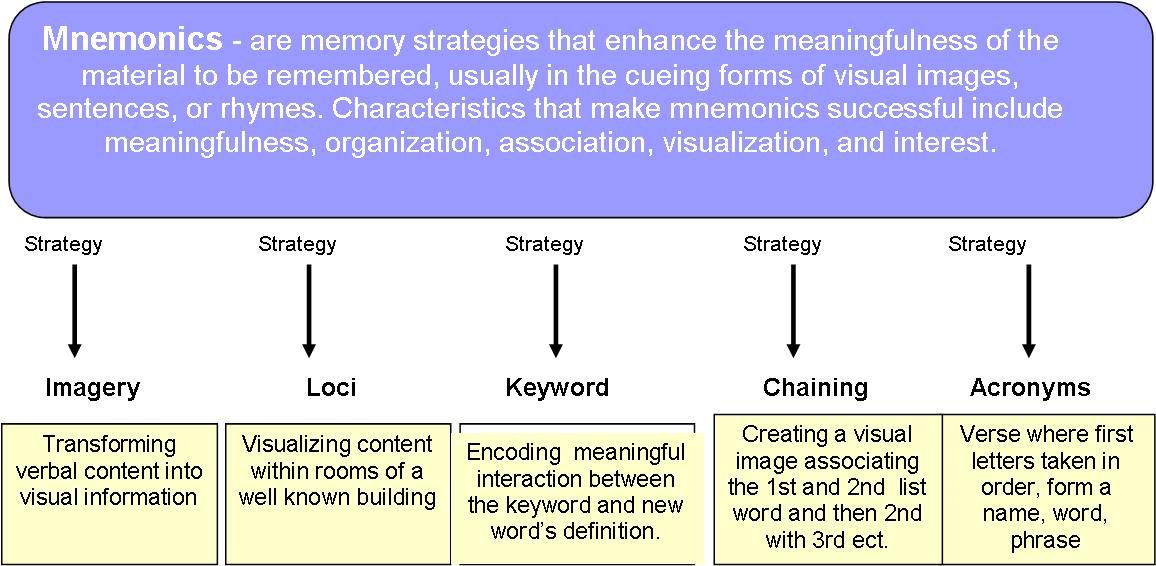
19. Make flashcards
Flashcards are a popular study tool.
If you’re already using flashcards, are you using them in the right way?
Here’s a technique for getting the most out of flashcards.
- On the front of the card, write the term, concept, word or name of the equation that you want to learn.
- On the back of the card, at the top left corner, write the explanation, definition or full equation. As far as possible, use your own words.
- At the top right corner, write the category or topic that the term belongs to. If it’s a vocabulary word, you could write the type of word it is, e.g. noun, verb, adjective. If it’s a concept or an event in history, write the topic or upper-level category that it belongs to.
- At the bottom left corner, write a sentence or example that contains the term.
- At the bottom right corner, draw a picture, diagram or graph that represents the term.
Not all the steps listed above will be applicable in every single situation.
But it’s a good practice to apply as many of the steps as you can, because this will aid your learning.
Here’s an example.
Let’s say that you want to learn about π, the mathematical constant.
- On the front of the card, write “π”.
- On the back of the card, at the top left corner, write “π = 3.1416″.
- At the top right corner, write “mathematical constant”.
- At the bottom left corner, write “circumference of a circle = 2πr = πd”.
- At the bottom right corner, draw a diagram of a circle and indicate the radius, diameter and circumference of the circle.
When you’re studying, keep a stack of blank flashcards next to you.
Every time you come across a term or concept that you want to memorise, write it down on the front of the flashcard.
Later, when you’re done reading the set of notes, take each of these flashcards and complete the steps outlined above (i.e. steps 2 to 5).
Study your flashcards at regular intervals.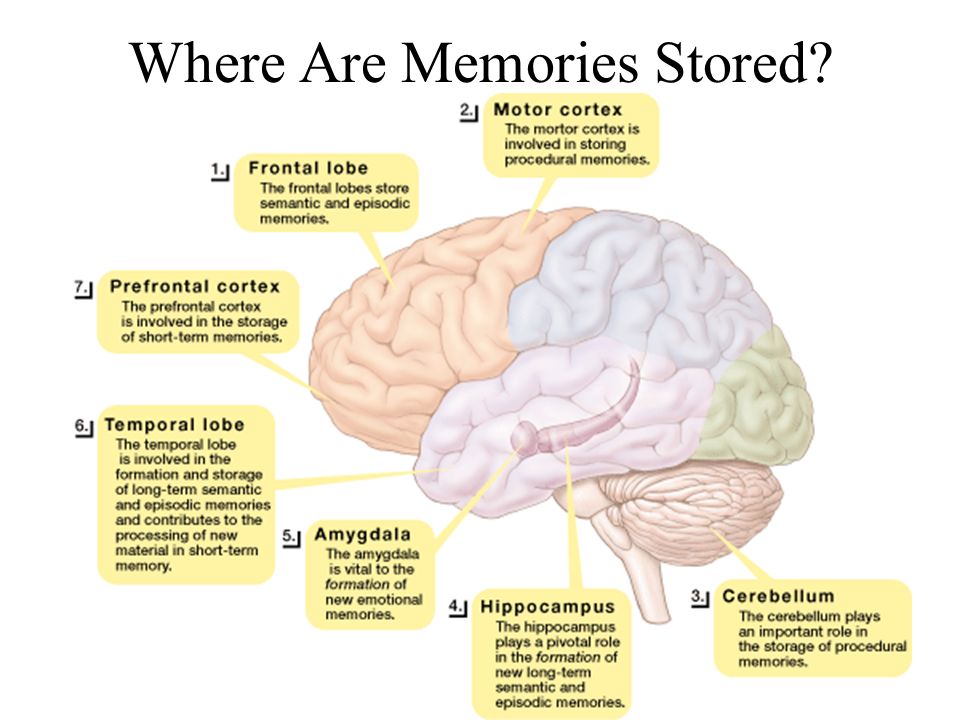 Read what’s written on the front of the flashcard, and then see if you can recall what’s written on the back of the flashcard.
Read what’s written on the front of the flashcard, and then see if you can recall what’s written on the back of the flashcard.
By doing this, you’d be applying the principle of active recall, which we discussed in the previous tip.
20. Use chunking to make the information more memorable
Chunking is a memory technique where you break down a topic into sub-topics, or a list of items into smaller groups of items.
Chunking makes the information easier to memorise.
Here’s a simple example.
Let’s say you have a shopping list that contains the following items:
- Corn
- Broccoli
- Cooking oil
- Cucumber
- Ketchup
- Watermelon
- Flour
- Rice
- Coconut milk
You could chunk this list down into four sub-lists based on colour:
Yellow items
- Corn
- Cooking oil
Red items
- Red capsicum
- Ketchup
White items
- Flour
- Rice
- Coconut milk
Green items
- Cucumber
- Broccoli
It will be much easier for you to remember the items on your shopping list because they’re organised according to colour.
Here’s an example that’s more applicable to students.
You might be trying to memorise the names of the presidents of the United States.
You could chunk the list down by dividing it into five sub-lists, comprising presidents from different periods of US history:
- American Revolution to the end of the Civil War
- End of the Civil War to the start of WWI
- Start of WWI to the end of WWII
- Cold War era
- Post-Cold War era
In these two examples, the principle is the same. You make the information easier to memorise by categorising it into different groups.
This approach provides the neural scaffolding that will enable you to recall the information later on.
21. Use as many of your senses as possible
Have you ever encountered a smell or heard a song that took you back a couple of years to another place?
If so, you’ll understand that your senses play a key role in how we encode memories.
The idea that sensory stimuli like touch, sight, and sound can aid in learning is the basis of the renowned Montessori Method.
The more senses you engage in the learning process, the better you’ll remember the information.
For example, you could use pictures and graphics to summarise key concepts.
You could also play calming classical music during your study sessions, because this has been shown to improve learning.
In addition, you could try out various forms of hands-on learning – such as building models – to enhance your memory too.
22. Review the information using spaced repetition
In spaced repetition, students review the same information at increasing intervals over time.
Studies have shown that spaced repetition causes more information to be encoded into long-term memory, as compared to “cramming”.
To implement this tip, try studying the same material over short sessions, separated by intervals that get longer over time.
For example, you could do the first review within a day of learning the new information, then the next review could be three days later, then one week later, then three weeks later, etc.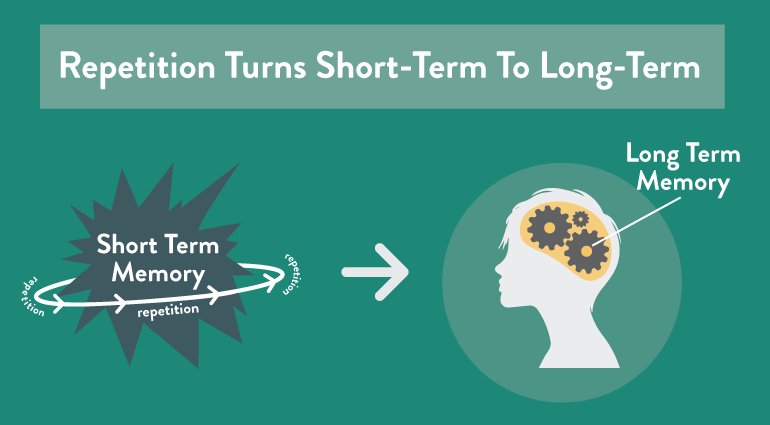
This might sound tedious, but it will save you many, many hours in the long run!
23. “Mix up” topics through interleaving
Interleaving is a technique that involves learning different related skills or types of knowledge over the course of an hour or longer.
The opposite of interleaving is called “blocking”.
This is where students master one skill or area of knowledge before progressing to the next.
For example, someone who is learning how to play basketball using the blocking approach might focus only on dribbling.
Only after he has mastered dribbling will he move on to learn how to perform a chest pass. And only after he has mastered the chest pass will he move on to learn how to perform a bounce pass.
In blocking, you’d learn Skill A before Skill B, and Skill B before Skill C.
But in interleaving, you’d learn different skills or types of knowledge concurrently – or almost concurrently.
For example, in interleaving, the same basketball player might perform 15 minutes of dribbling drills, followed by 15 minutes of chest pass drills, followed by 15 minutes of bounce pass drills.
This cycle might be repeated 2 to 3 times over the course of a training session.
For many years, educators believed that blocking was the best way to study. But recent research has shown that interleaving produces far better outcomes.
In one study, interleaving resulted in a 25% to 76% improvement in learning.
To take advantage of this memorisation technique, try to mix up your study topics within a given subject over the course of a study session.
For example, if you’re learning geometry, don’t just practise questions related to circle geometry. Do some questions on circles, then some questions on triangles, then some questions on quadrilaterals.
By doing a mixture of somewhat related questions, your overall understanding and recall will improve.
Which memory techniques will you try first?
I know… in this article I’ve discussed a lot of memory techniques for students to use.
There are definitely too many for you to use all of them at once!
I encourage you to go through the list once more and pick out 2 to 3 techniques that you feel would be most beneficial for you.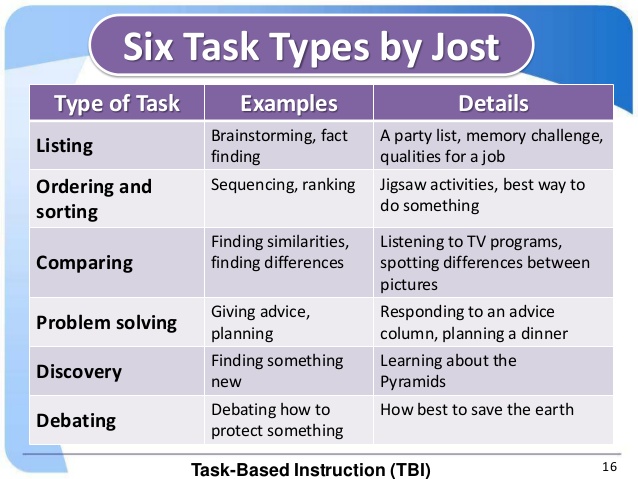
Once you’ve used those 2 to 3 techniques consistently for several weeks, go back to the list and choose another 2 to 3 to put into practice.
Over time, I’m confident that you’ll see a huge improvement in your ability to recall information – and I’m sure you’ll start to get better grades too!
(Try some of these test-taking strategies to help you maintain your composure during exams.)
Like this article? Please share it with your friends.
Top 5 methods of memorizing information - SKB Kontur
July 28, 2022
Memorization methods help to better absorb the necessary information and train our brain. There are many of them, but the most common are the method of loci, storytelling, chunking, mnemonics, and spaced repetitions.
The brain better absorbs information that is lively, vivid, imaginative and engaging. This means that we need to make the information we want to remember interesting for the brain. To successfully use any memory technique, you must find what works for you and set goals correctly.
Let's look at some of the most well-known memorization methods that will help you, for example, quickly remember the names of people you meet at work.
Method of loci
The name of this method comes from the Latin word locus - "place". It also has a number of other names: spatial mnemonics, memory palace, mind palaces, mental walk.
It is generally accepted that the method of loci originated in ancient Rome thanks to speakers who had to keep all the information for many hours of speeches in memory. The essence of the method lies in visualization, in linking the facts that need to be remembered to well-known locations. Facts can be anything: foreign words, a shopping list, people's names, etc.
How does the method of loci work? Imagine that you are standing in your house (memory palace). Mentally walk around this house, remembering its distinctive features - they can be used to store information that you want to remember. Each stop on your way will be the very “locus” to which you can attach an idea or object. For example, the front door might be one locus, the bedside table in the hallway the second locus, the lamp in the living room the third. If you need to remember a certain word, create an association between that word and one of the objects in the house. Fix it in your head. When you think about your memory palace, you will remember not only the route, but also the objects associated with the locations.
Mnemonics
This method is a collection of tricks and methods that make it easier to memorize various information. It usually requires more effort to use effectively, but is better used in situations where you need to remember, for example, lists or structures. For example, if you need to remember a list of drugs of a certain type, mnemonics will help you do it better than other methods.
Mnemonics is based on the formation of associative series and sequences when a person replaces abstract objects with real concepts.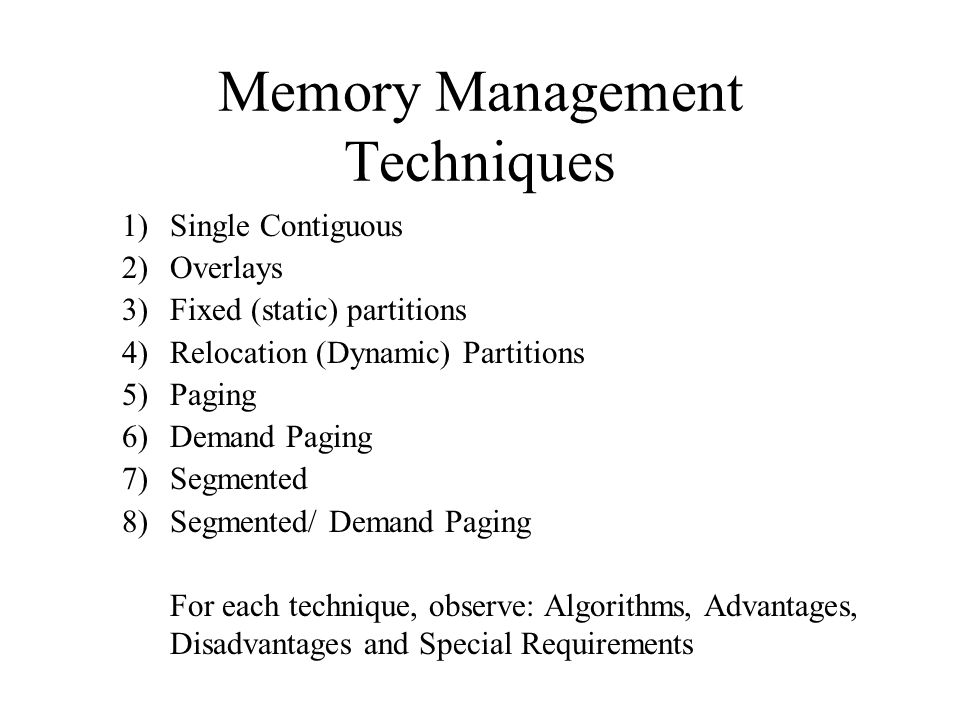 The main thing is to use bright, interesting associations.
The main thing is to use bright, interesting associations.
Some of the most well-known techniques in mnemonics are:
- Acronym: you make up a combination of letters that “encrypts” complete information for memorization.
- Acrostic: you come up with a poem in which the initial letters of the lines form a word.
- Keywords: You highlight keywords in phrases. Remembering them, you restore the entire phrase in your memory.
- Rhyming: You make up rhymes to remember words or numbers.
- Image-name technique (suitable for remembering names): you come up with any vivid connection between a person's name and their physical characteristics.
- Chaining: You make up a story in which the word or thought to be remembered sets off a chain reaction and pulls the next words along.
Chunking method (chunking, fragmentation)
This method involves combining several elements to be remembered into one small group.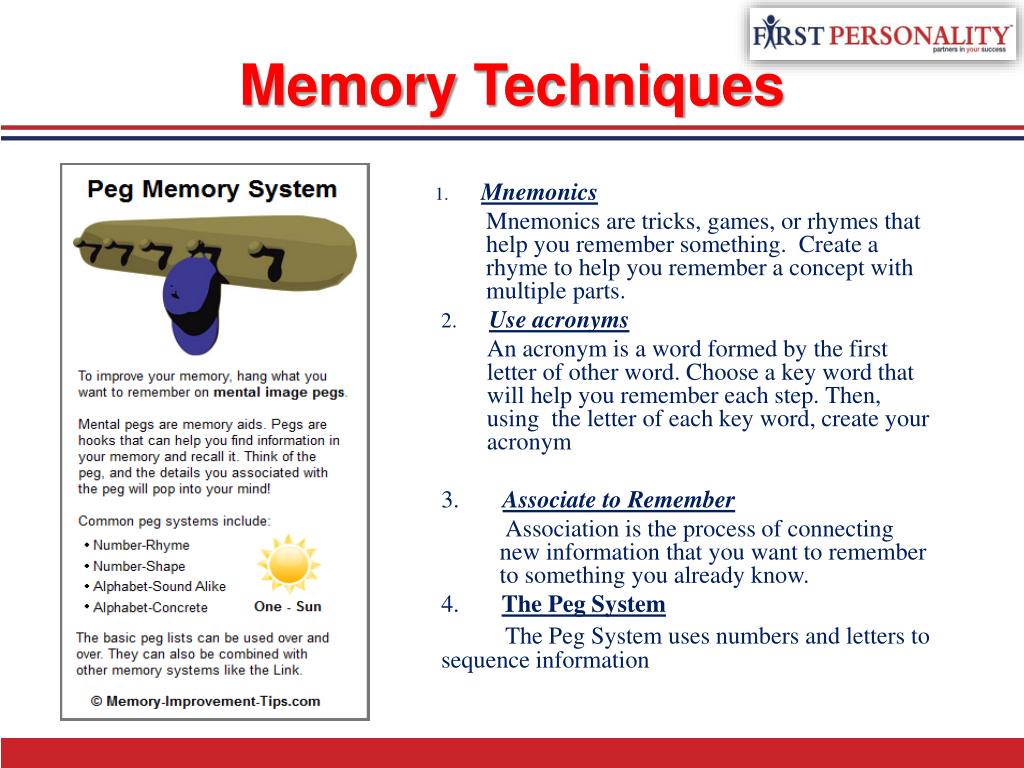 Many people use it when trying to remember phone numbers, bank account numbers, but this method can be used for other types of information as well. The chunking approach is often reflected in how we write phone numbers through dashes. We do it in this way in order to better perceive a set of numbers and remember them faster. There is a difference between the perception of a set of numbers: 89265660000 and 8-926-566-0000? Of course have.
Many people use it when trying to remember phone numbers, bank account numbers, but this method can be used for other types of information as well. The chunking approach is often reflected in how we write phone numbers through dashes. We do it in this way in order to better perceive a set of numbers and remember them faster. There is a difference between the perception of a set of numbers: 89265660000 and 8-926-566-0000? Of course have.
The key principle that makes this technique work is the combination of items based on semantic coding, that is, items are placed in small groups according to context or some kind of pattern.
For example, some may group their grocery list alphabetically, while others may group it by food type. In any case, this method is only successful when you identify patterns that are most natural to you and follow them.
Spaced repetitions
The essence of the method is that a person repeats the learned information according to certain, constantly increasing intervals.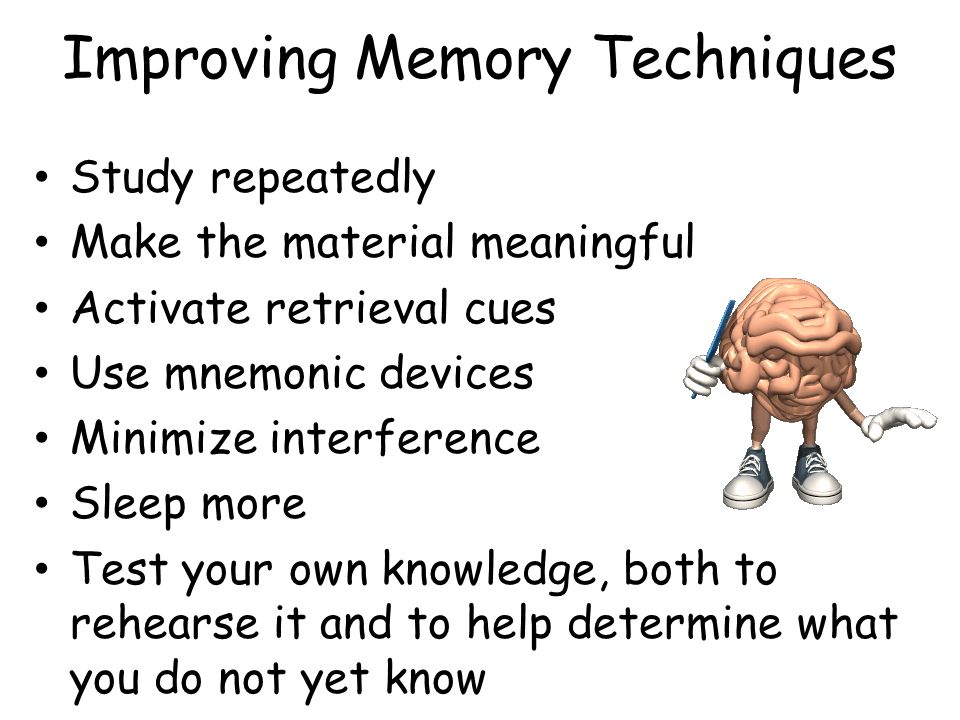 This method even has a specific formula: Y=2X+1, where Y means the day when the information will start to be forgotten, and X is the day of the last repetition. Thus, if you learned the information, for example, a week ago, then you will need to repeat it in 8 days. In this case, the potential of the interval is equal to infinity.
This method even has a specific formula: Y=2X+1, where Y means the day when the information will start to be forgotten, and X is the day of the last repetition. Thus, if you learned the information, for example, a week ago, then you will need to repeat it in 8 days. In this case, the potential of the interval is equal to infinity.
The spaced repetition technique is often used in conjunction with flashcards. The most common example: when learning a foreign language, you make cards with unfamiliar words and then repeat them at regular intervals.
The Storytelling Method
According to research, our brains love stories so much that good storytelling can trigger the release of oxytocin, a hormone that enhances empathy in people.
Stories capture all the qualities of information that make our brains love and remember it: vivid and colorful images, compelling storylines. The advertising industry is constantly exploiting these opportunities, but you too can use the storytelling method to remember important information.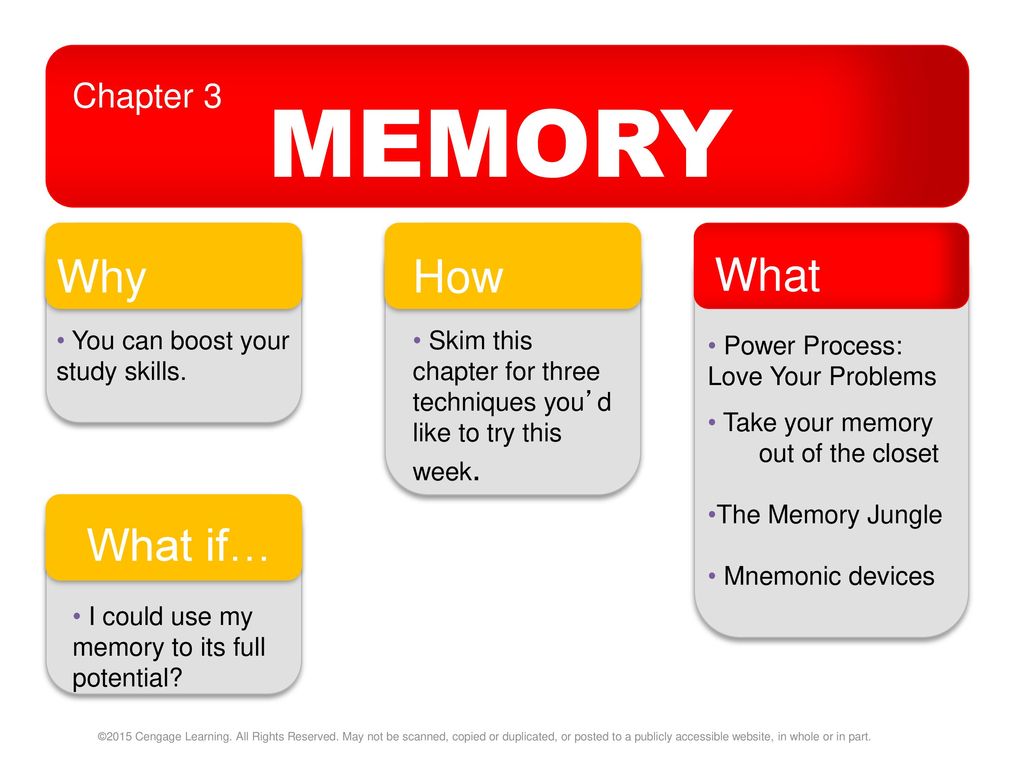 Moreover, it is quite simple.
Moreover, it is quite simple.
The essence of the method is that you create various storylines that include elements that are necessary for memorization. As a result, these elements are connected in sequence, and stories are created that the brain better absorbs and perceives.
The accuracy of the narration matters little in this case. As in the loci method, in the case of storytelling, it is important to organically fit the information that interests you into the thread of the story.
Up-to-date materials once a week
Subscribe
By subscribing, you agree to the processing of personal data and receiving informational messages from the SKB Kontur group of companies.
Memory research methods (2)
1. Ten words . A.R. Luria. The subject is read ten one-two-syllable words, then he repeats them in any order 5 times. The data is entered into a table. After 20-30 minutes, they are asked to reproduce the words to check retention.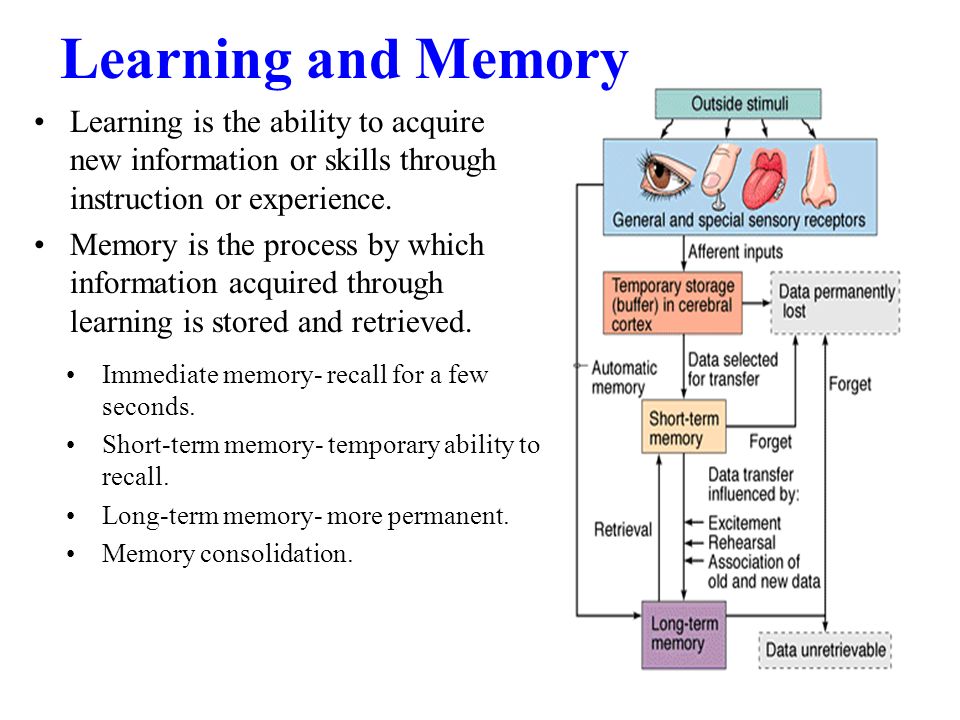 (For example: forest, bread, table, window, water, brother, mushroom, horse, needle, honey . Or: mountain, rose, cat, watch, wine, coat, book, window, saw ).
(For example: forest, bread, table, window, water, brother, mushroom, horse, needle, honey . Or: mountain, rose, cat, watch, wine, coat, book, window, saw ).
2. Pictograms A.R. Luria. The subject must memorize 15 words. To facilitate reproduction, he must make a drawing with a pencil that has a semantic connection with the stimulus word. No notes or notes are allowed. After finishing work, you can ask to repeat the words, then repeat them after 20-30 minutes. The technique can be used to study memory in children, as well as persons with low intelligence.
3. Reproduction of stories . The subject is read a story, he perceives it by ear or reads the story himself. He then reproduces the story orally or writes it down. When analyzing, the psychologist takes into account whether all the semantic links are reproduced, what is omitted, whether there are confabulations, an interfering effect. The most preferred stories for memorization are: "The Jackdaw and the Doves", "The Ant and the Dove", "Logic", "Columbus' Egg", "The Eternal King" and others.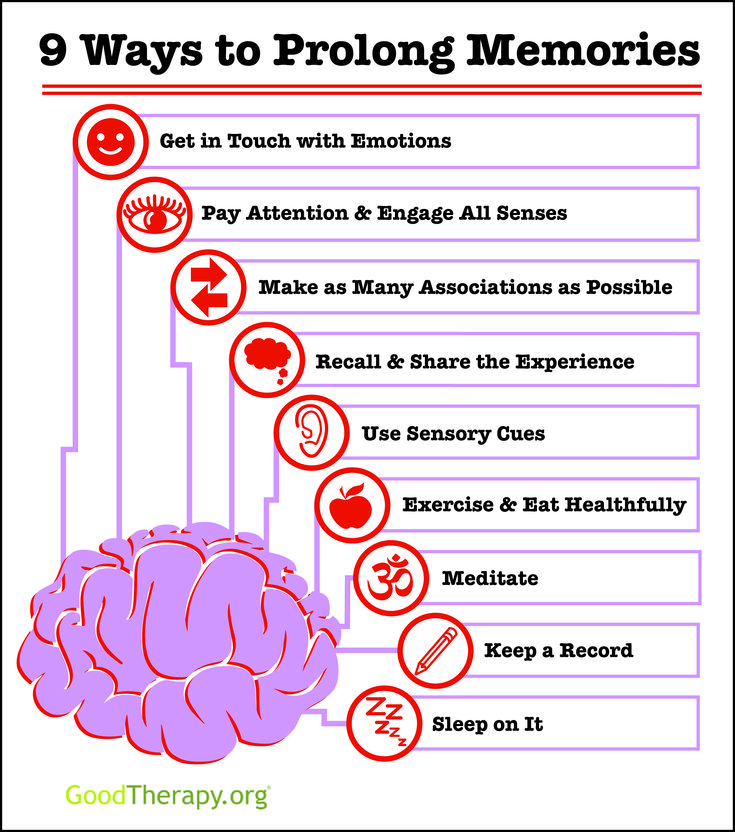 . Five series of patterns are used. In three series, 10 cards of equal complexity are offered, in two - 15 cards each. The card is presented to the subject for 10 seconds, then he must reproduce the seen figures on paper.
. Five series of patterns are used. In three series, 10 cards of equal complexity are offered, in two - 15 cards each. The card is presented to the subject for 10 seconds, then he must reproduce the seen figures on paper.
5. Visual and auditory memory test. Meili (R. Meili , 1961)
5. Individual differences in memory. Memorization techniques.
Memory - is a reflection of past experience, which consists in remembering, preserving and then reproducing and recognizing what was previously perceived, experienced or done.
Individual differences in memory processes. Individual differences in people's memory are manifested:
in the features of its processes, i.e. in how different people remember and reproduce,
in the features of the content of memory, i.e. in what is remembered.
These twofold changes from different sides characterize the productivity of the memory of each person.
Individual differences in memory processes (quantitative characteristics) are expressed in:
- speed,
- accuracy,
- memory strength,
- memory volume,
- ready for playback.
Qualitative differences - dominance of certain types of memory:
- visual,
- auditory,
- motor, etc.
Various combinations:
- visual-motor,
- visual-auditory,
- motor-auditory memory.
Memorization speed - the number of repetitions required by a person to memorize a certain amount of material.
Strength - retention of memorized material and in the speed of forgetting it.
Readiness of memory to reproduce - how easily and quickly a person can remember at the right moment what he needs.
These differences are to a certain extent connected with the peculiarities of the types of higher nervous activity, with the strength and mobility of the processes of excitation and inhibition.
Features of higher nervous activity and the associated individual differences in memory processes change under the influence of living conditions and upbringing.
Therefore, the indicated features of memory are determined by the conditions of its upbringing and depend primarily on how rational ways of remembering are formed in each person.
The readiness of memory also depends on the systematic acquisition and consolidation of knowledge.
Memory types:
- figurative,
- verbal-logical,
- emotional memory.
- visual,
- auditory,
- motor,
- tactile.
- olfactory.
- taste.
- memory for numbers,
- name memory,
- face memory,
- instantaneous (iconic) memory - the retention of information that has just been perceived by the system of analyzers (sense organs) without its processing, duration 0.1-0.5 seconds - image.

- short-term - storage of information for a short period of time (several tens of seconds, on average 20-40),
- random access memory - storage of information for a certain, predetermined period (from several seconds to several days), the period is determined by the task and is designed only for its solution.
- long-term,
- genetic memory - is stored in the genotype, is inherited, the mechanism for storing information is mutations and changes in gene structures.
- indirect,
- direct,
- involuntary,
- arbitrary.
Forms of violations of mnestic activity:
1. Violation of memory, its loss is called amnesia.
2. Violation of the dynamics of mnestic activity;
3. Violation of the motivational component of memory.
The use of rational memorization techniques - a condition for the productivity of arbitrary memorization .
Knowledge is made up of a certain system of facts, concepts, judgments. To memorize them, it is necessary to isolate certain semantic units, to establish connections between them, to apply logical techniques associated with more or less developed processes of thinking.
Understanding - a necessary condition for logical, meaningful memorization . What is understood is remembered faster and more firmly because it is meaningfully associated with previously learned knowledge, with a person's past experience. On the contrary, what is misunderstood or poorly understood always appears in the mind of a person as something separate, meaningfully not connected with past experience. Incomprehensible material usually does not arouse interest in itself.
Drawing up a plan of memorized material - includes three points:
1) breakdown of the material into its component parts;
2) inventing titles for them or highlighting some strong point with which the whole content of this part of the material is easily associated;
3) linking parts by their titles or selected strong points into a single chain of associations.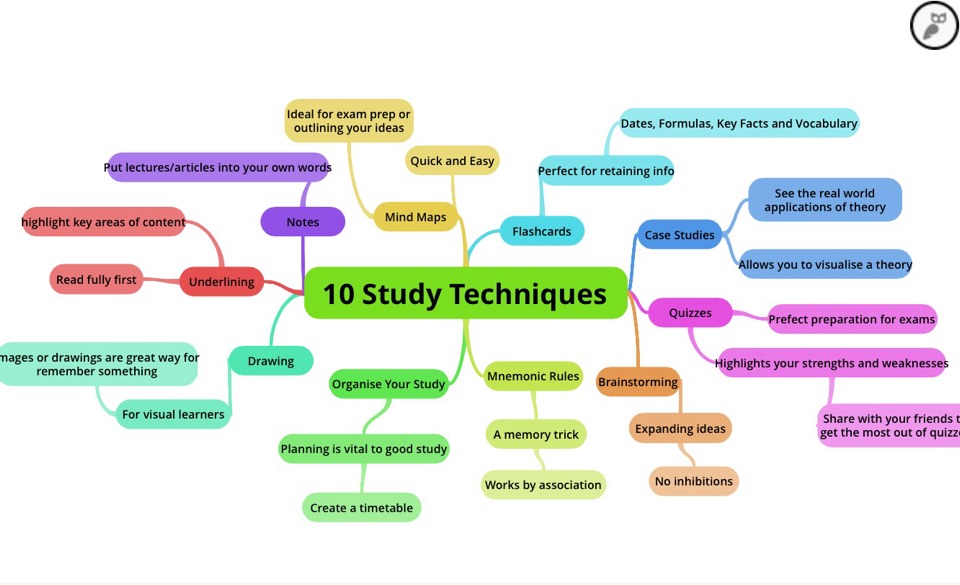
Combining individual thoughts, sentences into semantic parts reduces the number of units that need to be remembered without reducing the amount of memorized material. Memorization is facilitated because, as a result of drawing up a plan, the material acquires a clear, dissected and ordered form.
Comparison of as a method of logical memorization. Emphasizing differences in objects is especially important.
This ensures the specialization of links during memorization and directs the reproduction of object images along a certain path.
Memorization of objects is carried out the faster and more firmly, the sharper the differences between them are. Therefore, the comparison of objects must begin with clearly identified differences and only after that move on to less noticeable differences.
Classification, systematization of material as more complex methods of arbitrary memorization are based on association by similarity and contrast.